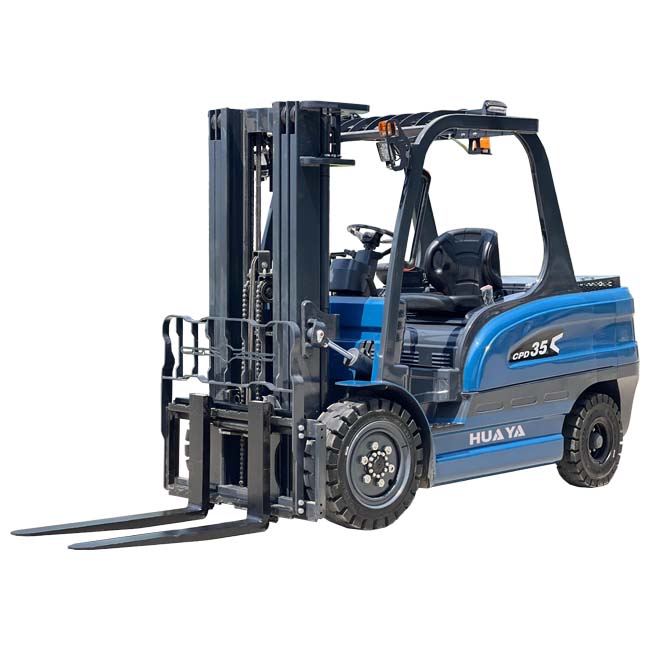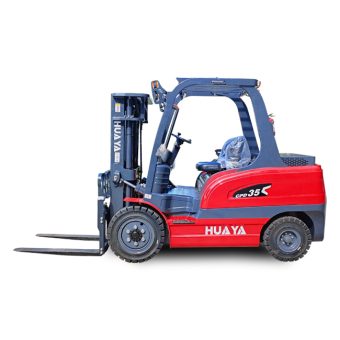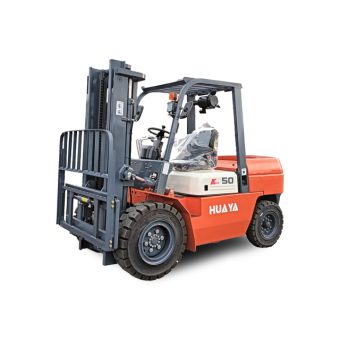
News
In the bustling world of material handling, choosing the right forklift can be a game-changer for efficiency and productivity. "Which forklift is used most?" is a question that echoes through warehouses and logistics hubs globally. Let's embark on a journey to unravel the top contenders in the forklift arena.

Embarking on the quest to identify the most used forklifts requires a deep dive into the evolution of these essential machines. From manual pallet jacks to advanced electric forklifts, each variant has played a vital role in shaping the material handling landscape.
In the quest for sustainability and efficiency, electric forklifts have emerged as silent powerhouses. These eco-friendly machines not only reduce carbon footprints but also deliver robust performance, making them a popular choice in modern warehouses.
Addressing the perennial challenge of balance, counterbalance forklifts have become synonymous with stability and reliability. Their ability to lift heavy loads with precision makes them a staple in various industries.
When it comes to accessing elevated shelves and racks, reach forklifts take center stage. Their extended reach and versatility make them indispensable in large-scale warehouses with towering storage units.
Electric forklifts, with their silent operations and zero-emission footprint, have witnessed a surge in popularity. Their adaptability to diverse environments and cost-effectiveness make them a top choice for companies embracing sustainability.
In the race to determine which forklift is used most, counterbalance forklifts emerge as stalwarts of stability. Their simple design and ability to maneuver in tight spaces make them an indispensable asset in warehouses worldwide.
When the need is to reach new heights, both figuratively and literally, reach forklifts become the go-to solution. Their telescoping ability and agility in confined spaces make them essential for businesses optimizing vertical storage.
Selecting the most suitable forklift involves a meticulous evaluation of your specific material handling requirements. Consider factors like load capacity, maneuverability, and environmental impact to make an informed decision.
Ensuring your forklift operates at peak efficiency requires regular maintenance. From battery checks for electric forklifts to tire inspections for counterbalance models, a proactive approach to upkeep is key.
A: Absolutely! Modern electric forklifts boast impressive load capacities, rivaling their diesel or gas counterparts.
A: Yes, indeed. Reach forklifts are designed for maneuvering in tight spaces, making them ideal for navigating narrow aisles with ease.
A: Counterbalance forklifts excel in indoor settings due to their compact design and ability to operate without the need for additional support structures.
A: Certainly! Hybrid forklifts combine the best of both electric and traditional models, offering an eco-friendly alternative with versatility.
A: Conduct a thorough assessment of your requirements, considering factors like load capacity, maneuverability, and environmental impact to make an informed decision.
A: Safety is paramount. Ensure operators are well-trained, conduct regular equipment checks, and establish clear guidelines for pedestrian and forklift traffic.
In the dynamic realm of material handling, the answer to "Which forklift is used most?" lies in the careful consideration of unique business needs. Whether it's the silent efficiency of electric forklifts, the stalwart stability of counterbalance models, or the towering reach of reach forklifts, each variant brings something valuable to the table. As you navigate the forklift landscape, may your choice elevate your operations to new heights.

